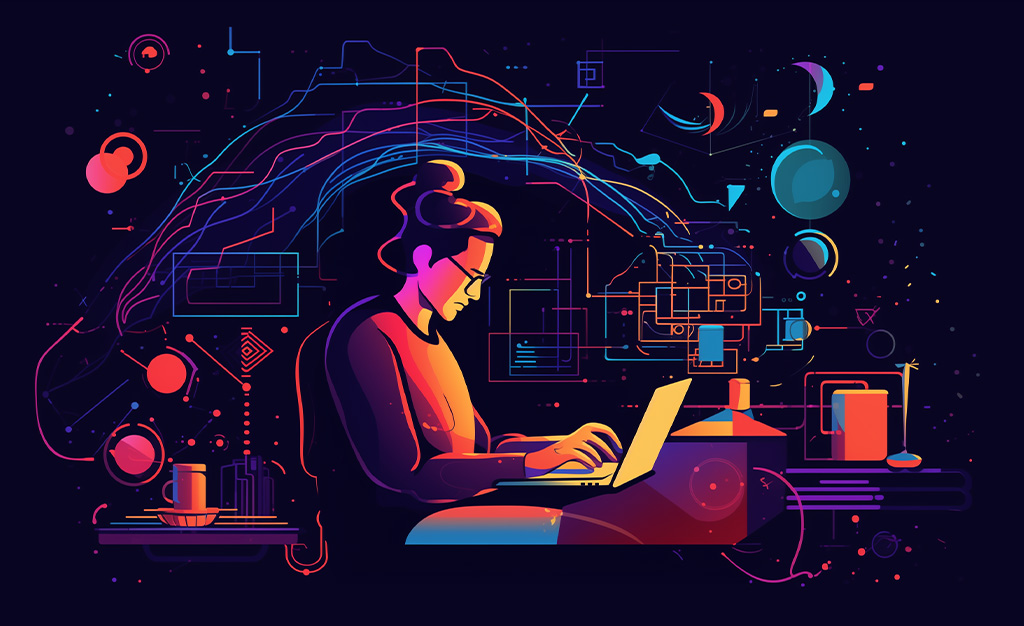The advent of AI in interactive design is reshaping the way we approach creativity and user engagement. As digital creators, understanding how artificial intelligence can be integrated into design processes is crucial for staying ahead of the curve. This article delves deep into the transformation brought by AI, offering insights into its potential, current applications, and future possibilities.

The Role of AI in Interactive Design
Artificial Intelligence plays a pivotal role in transforming interactive design. By automating routine tasks, AI allows designers to focus more on creativity and innovation. Moreover, AI-driven tools can analyze user data to create more personalized and engaging experiences. For instance, platforms like AI for artistic expression are revolutionizing how artists and designers approach their creative endeavors.
Understanding AI’s Impact on User Experience
The incorporation of AI in design significantly enhances user experience. By leveraging machine learning algorithms, designers can predict user behavior and tailor designs to meet their needs. This level of personalization was previously unattainable and is a testament to the power of AI in the design industry.
AI Tools for Interactive Design
Several AI tools are available that aid in creating more interactive and engaging designs. These tools not only simplify the design process but also provide suggestions for improvements based on data analysis. A comprehensive list of such tools can be found on websites like AI graphic design tools, which offer insights into how these technologies are being leveraged in the industry.
AI in Responsive Design
Responsive design has become an integral part of web development. AI’s ability to adapt to different screen sizes and devices ensures a seamless user experience. Resources like AI for responsive design highlight how AI can automate the adaptability of design layouts, making them more efficient and user-friendly.
The Future of AI in Interactive Design
Looking forward, the future of AI in interactive design is promising. As AI technologies continue to evolve, we can expect even more sophisticated tools that will further blur the line between human creativity and machine efficiency. This evolution will undoubtedly lead to more immersive and interactive user experiences.
Challenges and Considerations
Despite the numerous benefits, integrating AI into design processes does come with its challenges. Ethical considerations, data privacy, and ensuring the authenticity of creative work are some of the issues that need to be addressed as AI becomes more prevalent in the industry.
AI’s Influence on Graphic Design
Graphic design is another area significantly impacted by AI. Tools powered by AI can generate design elements, suggest color palettes, and even create entire layouts. For more insights into this, you can explore OpenAI for graphic design, which delves into how AI technologies are being utilized in graphic design.
AI for Design Projects
AI is also being used to streamline project management in design. By automating repetitive tasks and providing data-driven insights, AI helps teams work more efficiently. Resources like ChatGPT for design projects offer valuable information on how AI is aiding in project management within the design sector.
Conclusion
In conclusion, the integration of AI in interactive design is revolutionizing the creative industry. With the continuous advancements in AI technologies, digital creators are equipped with tools that enhance creativity and efficiency. As we embrace this new era of design, the possibilities for innovation are endless.

Frequently Asked Questions
What is the impact of AI on interactive design?
AI significantly enhances interactive design by automating tasks, analyzing user data, and allowing for personalized user experiences. It transforms the creative process by enabling designers to focus more on innovation.
How does AI improve user experience in design?
AI improves user experience by leveraging machine learning algorithms to predict user behavior and customize designs to meet specific user needs. This personalization leads to more engaging and effective interactions.
What are some challenges of using AI in design?
Some challenges include ethical considerations, data privacy issues, and maintaining the authenticity of creative work. As AI becomes more prevalent, addressing these challenges is crucial.







